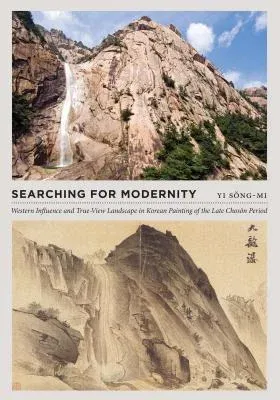Song-Mi Yi
(Author)Searching for Modernity: Western Influence and True-View Landscape in Korean Painting of the Late Choson PeriodHardcover, 1 January 2015

Qty
1
Turbo
Ships in 2 - 3 days
In Stock
Free Delivery
Cash on Delivery
15 Days
Free Returns
Secure Checkout

Part of Series
Franklin D. Murphy Lectures
Print Length
232 pages
Language
English
Publisher
University of Washington Press
Date Published
1 Jan 2015
ISBN-10
0295993936
ISBN-13
9780295993935
Description
Product Details
Author:
Book Format:
Hardcover
Country of Origin:
US
Date Published:
1 January 2015
Dimensions:
26.26 x
18.49 x
2.36 cm
ISBN-10:
0295993936
ISBN-13:
9780295993935
Language:
English
Location:
Seattle
Pages:
232
Publisher:
Series:
Weight:
911.72 gm